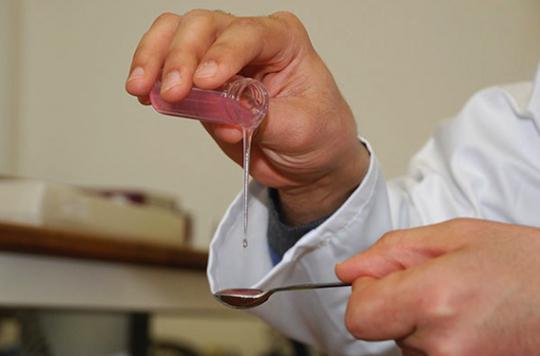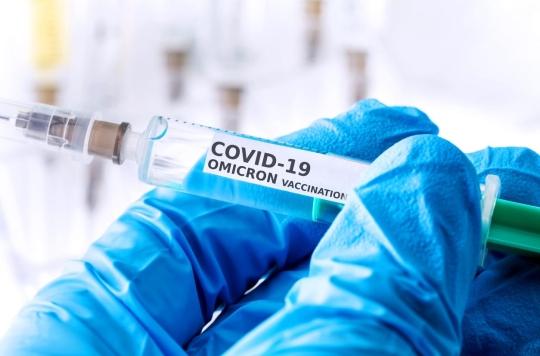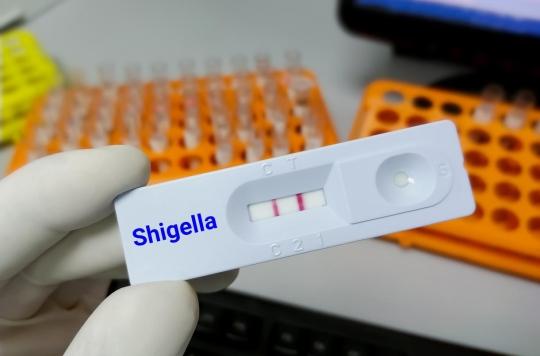British researchers have developed a medicated gel that is easy to swallow, which, unlike drinkable solutions, retains all the active therapeutic ingredients.

You will no longer take your tablets the same way. Researchers at the University of Huddersfield in the UK have developed a delayed-release drug gel suitable for children and the elderly who have difficulty swallowing pills and tablets.
This study, led by Dr Alan Smith, a specialist in pharmaceutical and biomedical research at the university, was published on April 8, in the journal International Journal of Pharmaceutics.
Children and seniors concerned
It is to meet a growing demand for suitable drugs, including galenics, for pediatric and geriatric patients, that British researchers have developed this gel. Previous studies, conducted by Mohammed Mahdi, a student of Alan Smith, had already demonstrated, through a simulation, that the gel prevents the release of ibuprofen in gastric fluid.
Based on this observation, they therefore decided to develop a liquid medicated gel, made from gellan gum, a natural polysaccharide used in certain food preparations, such as desserts.
Made up of microscopic particles, this gel can be administered to the patient with a spoon. Once in the stomach, it solidifies on contact with the acids present there, to avoid irritation, thus delaying the release of the active molecules of the drug, which are ineffective at this stage of digestion. When the solidified gel passes through the intestine, a few hours later, the active ingredient is released and optimizes the therapeutic effects.
After the gel, the nasal spray?
After the medicated gel, the same research team worked on the use of gellan gum in the development of new nasal sprays. The nose, the preferred route for drug delivery scientists, has major obstacles. “The nasal cavity protects itself and presents pharmaceutical challenges,” the researchers explain.
By adding mucoadhesive polymers to the first formula, they were able to prevent the drug from being released directly into the nose. The most difficult part will have been to develop a fluid gel that can be used in a nasal spray while keeping the mucoadhesive capacities.
For researchers, this gel therefore offers “immense pharmaceutical potential”.
But it remains to be seen how long it will take for the gel to take effect, once ingested or inhaled.
.












-1590362612.jpg)


